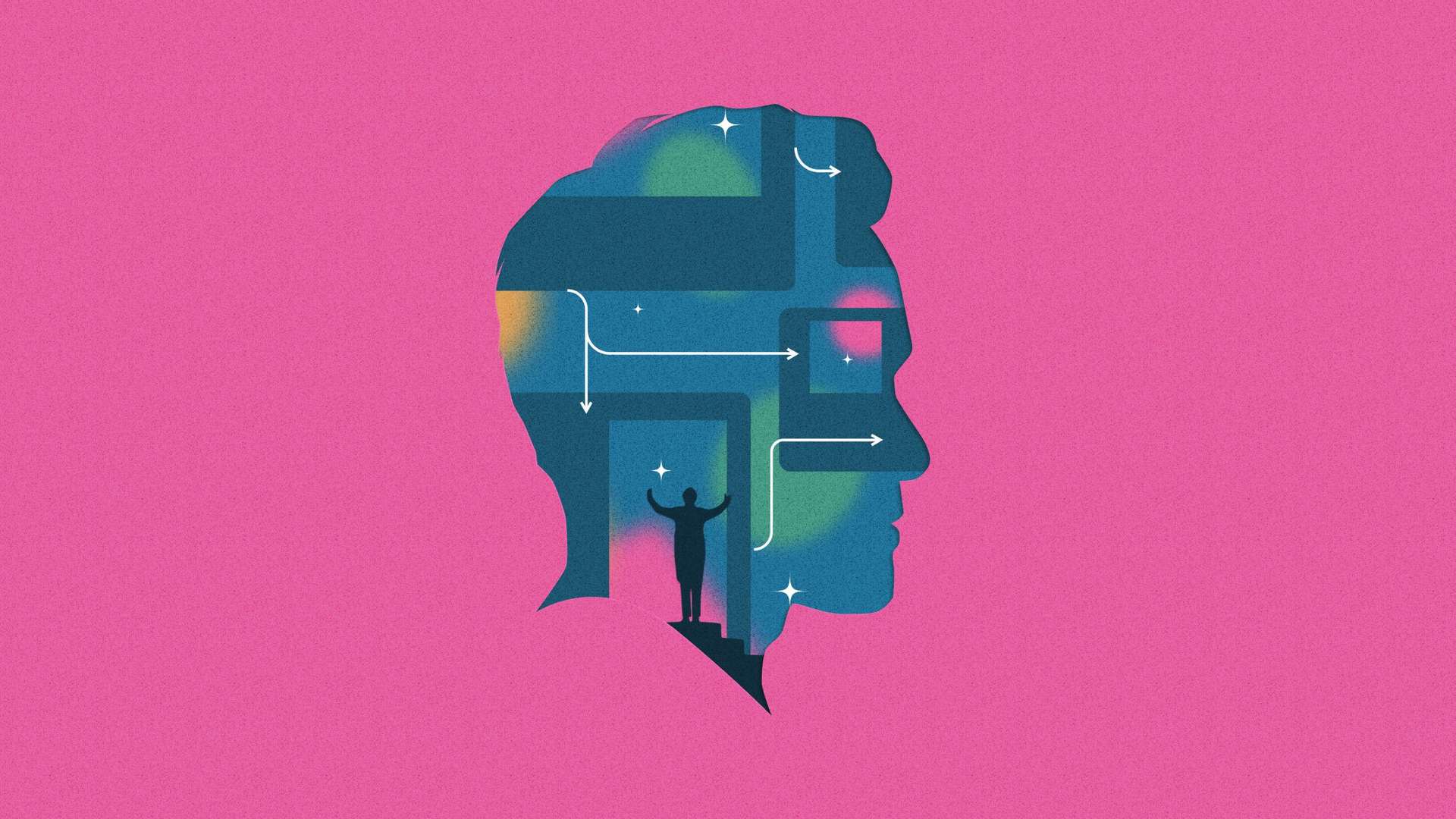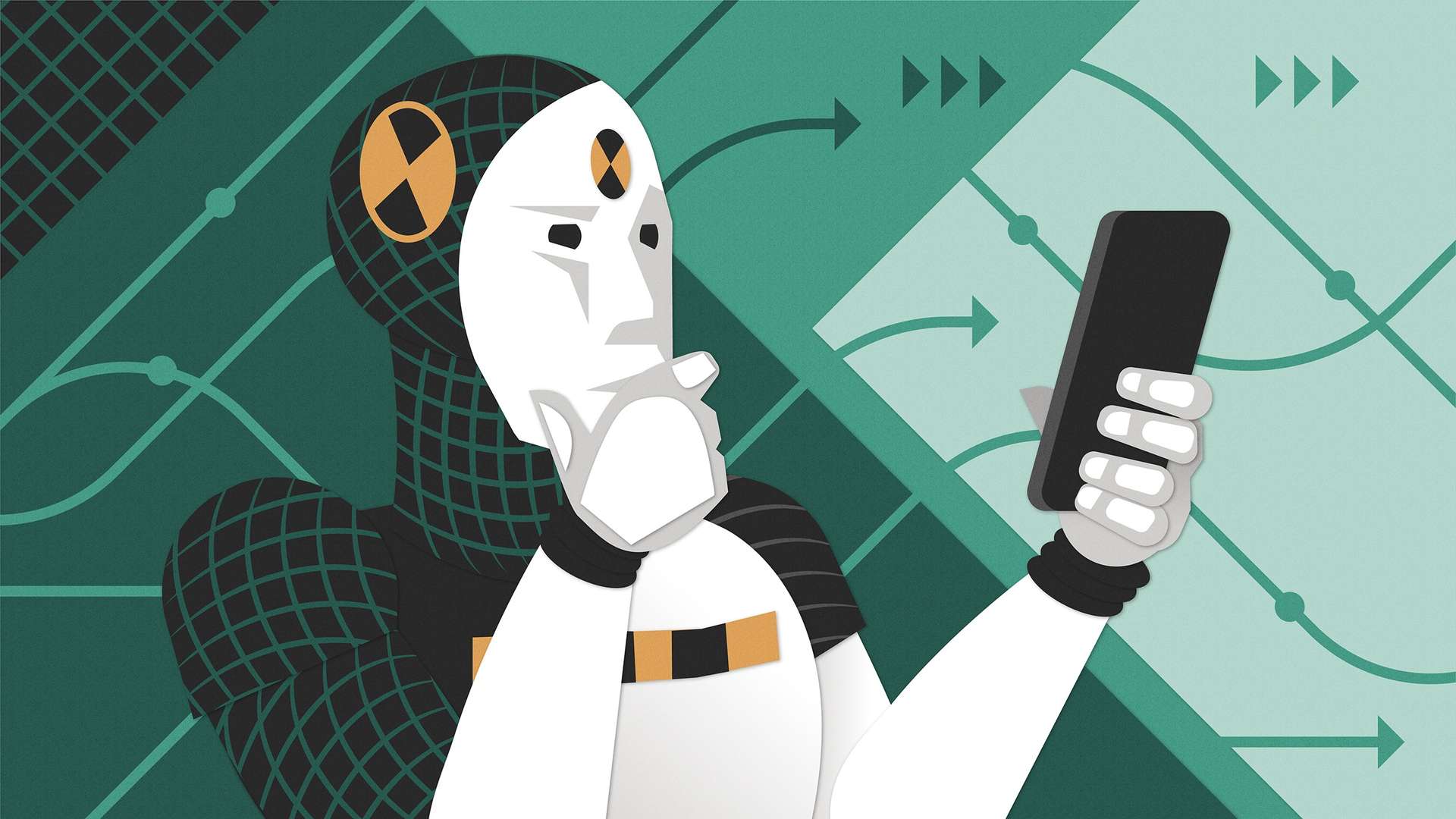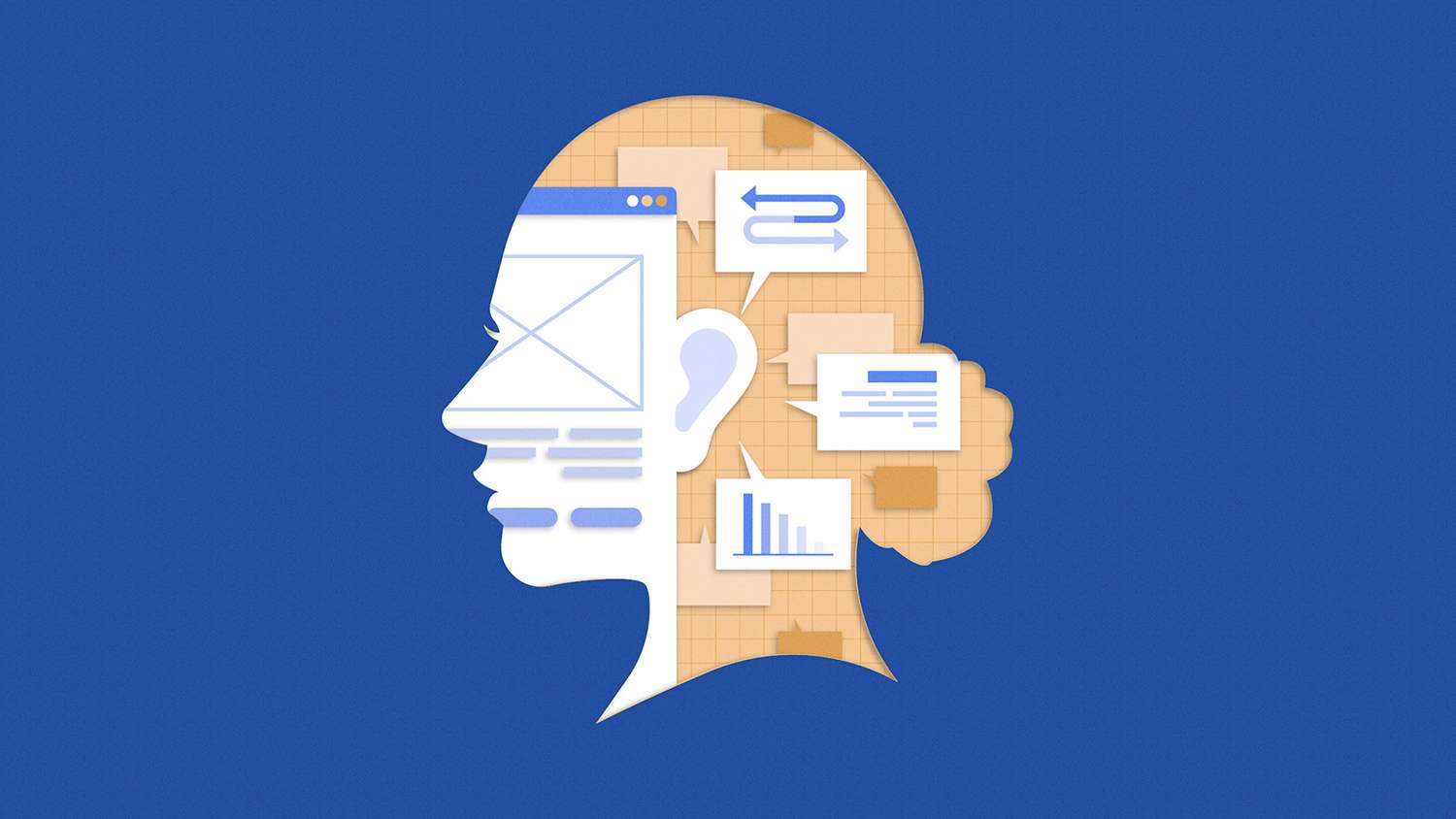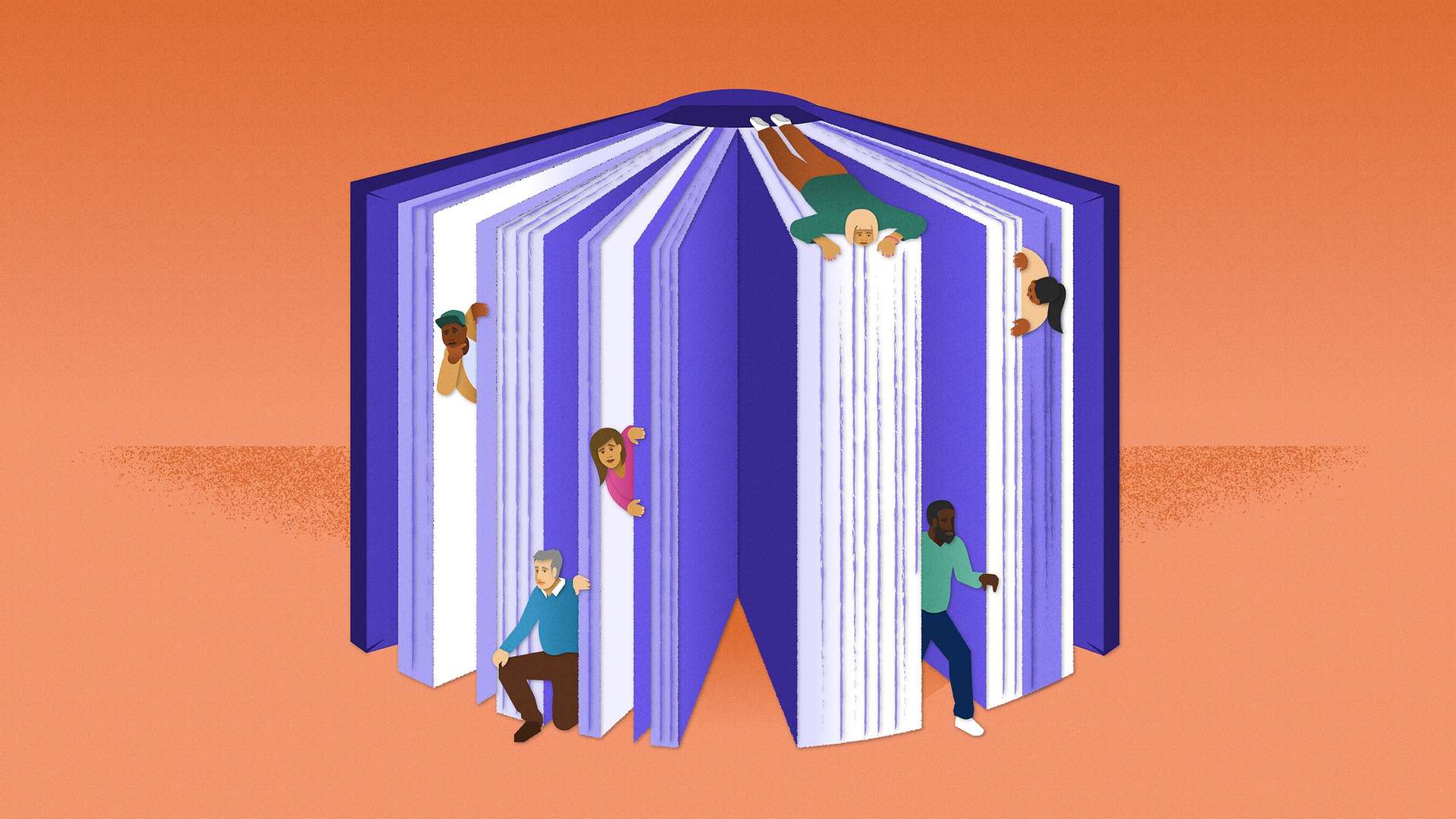When you think about UX design, wireframes, buttons, and moving pixels on a screen may come to mind. Or it might sound like an attractive career choice for someone who prefers software to people. But UX design is a human-centered profession that requires deep listening, empathy, and communication skills on top of mastering the latest technologies. UX designers must put users first while building relationships with stakeholders along the way.
It wasn’t so long ago that only top companies valued user experience. Today, every little startup hires UX designers. And they’re keenly aware of how crucial user experience is to their success. The US Bureau of Labor Statistics projects opportunities for digital designers to grow faster than the average for other occupations, as much as 23% over the next decade, with about 21,800 openings projected yearly through 2031.
That’s a big opportunity. But before making the switch to a new career, it’s smart to get perspectives from seasoned designers who work those jobs every day. Indeed’s UX designers have a lot to say about their work and the rewards of making life easier for the job seekers and employers who use Indeed products.
Learning good design takes practice
One search around the internet will return tons of results for college programs, design boot camps, and other resources for beginners. These are all great ways to start building your knowledge base, and Indeed’s UX designers have drawn from them all to build their expertise.
But the designers we talked to agree there’s no replacement for on-the-job training when it comes to improving your skills and growing your problem-solving toolkit.
Stephanie Hagadorn, UX Design Lead: I was part of IBM’s first UX boot camp, which brought in new college grads and industry professionals without UX backgrounds to jumpstart their UX and design-thinking education. It was intense, and we definitely built the plane as we flew it. I learned a lot about the UX process and even more about working with people of different backgrounds and working styles.
Konrad Marzec, Senior UX Designer: An internship first exposed me to real UX problems that helped me build my portfolio. I had a great mentor who encouraged me to learn from my mistakes. That’s how I learned to put theory into practice. If you consider any program or internship, make sure it ends with an actual project shipped to production. This way, you’ll experience the complete cycle of the product.
Melanie Gladding, Senior UX Designer: Early in my graphic design career, I realized it didn’t matter how beautifully decorated something was if no one could use it. Whether it’s a business card, a billboard, or a website, it has to be functional to count as good design. You can imagine my joy when I learned about a whole discipline dedicated to what I was already trying to do, and this discipline had a name: user experience design.
I read every UX-related resource I could find and practiced incorporating UX methods and best practices into my process. This led me to move away from marketing and into product design. Eventually, I became a fully fledged UX designer.
Wendy Ng, Senior UX Designer: I was that kid playing in Photoshop and making websites because I thought computers were cool. In high school, I competed in WorldSkills Web Technologies, a competition where students of vocational educational institutions contend at a national level. I learned the hard skills of design and code while running the web-development club. Design as a career path pretty much found me as I continued to develop my UX and design skills on the job.
You’ll improve real lives through good design
Our UX designers love that their work doesn’t just look good; it also does good. The skills they’ve learned while creating better user experiences have translated to their everyday lives, too.
Stephanie Hagadorn: When I worked in marketing, I’d get upset about advertising a product or service I felt wasn’t a great experience. If the service worked well, we wouldn’t have to work so hard to convince people they should use it. UX emerged as a path to fix those broken experiences and think about the user’s end-to-end journey. More than just fixing broken things, UX has helped me grow as a person, be a better listener, and to practice putting myself in someone else’s shoes more often.
Konrad Marzec: I’ve always been passionate about design. However, I hadn’t considered it my career path until I went to a university and majored in clinical psychology. I learned about the Human-Computer Interaction specialization (HCI) in my third year. It was the first HCI faculty offered to students in Warsaw, Poland. I wasn’t exactly sure what to expect, but I followed my gut and took the plunge.
Mariano Eckerstrand, Senior UX Designer: When I joined the field, many new technologies were emerging, like mobile apps, responsive web, and digital products. These pathways opened up more opportunities for career growth, and I wanted to work on projects that leveraged this new tech in a meaningful way. I’m lucky to have worked on so many great products with a mission to truly help their users.
Melanie Gladding: UX chose me! I especially love working on products that people use at work. People rarely get to choose what software they use to perform their jobs, and the vast majority of workplace software just makes people’s jobs harder. Yet their work performance is judged against how well they use the software. It’s fulfilling to help make software easier to use and more closely align it with what users actually need to achieve.
Mastering design software is only the start
Knowing the tools of the trade—Figma, the Adobe suite, and Sketch, to name a few—is certainly a must. But a designer knows more than software and art. A great UX designer has an incredibly broad skill set that encompasses a variety of soft skills, industry familiarity, and a cross-functional mindset.
David Lewis, Senior UX Designer: Storytelling is a critical skill to master. You need to be able to tell your users’ stories in a compelling way and understand how your design solutions weave into their stories.
Stephanie Hagadorn: I used to think a strong understanding of design and technology was most important, but now I feel curiosity and openness to learning are most essential. The technical stuff can always be learned, but the natural inclination to keep asking questions is harder to teach.
Konrad Marzec: It’s paramount to master user experience, interfacing, research methodologies, and interaction design. When you stay updated on best practices and develop strong design intuition, it’s time to take it to the next level and spend more time on soft skills: workshop facilitation, UX strategy, negotiations, and relationship building. However, soft skills won’t get anyone far without knowing hard skills first.
Mariano Eckerstrand: Listening is the best skill for a UX designer. It’s so important to listen to everyone involved in the process, including users, peers, and stakeholders. Everyone has a point of view, so it’s essential to apply what you learn from them to the design process and be pragmatic about balancing business needs with user needs.
Wendy Ng: If you had asked me five years ago what the best UX designers have in common, I would have said hard skills like prototyping, wireframing, information architecture, using visual design tools such as Figma, and the ability to conduct various forms of user research. Now, I think the most essential skill for a UX designer is storytelling, specifically the ability to articulate your design decisions. If any component doesn’t work right for the user, it’s your job as a UX designer to communicate it so all disciplines involved can understand the problem and work together to find the solution.
Expect the unexpected in UX design
You can read all the resources, take a bunch of courses, practice online exercises, and design websites for fun, and you’ll still be met with surprises in your work. At Indeed, some UX designers came to this field thinking they knew what they’d signed up for, but this role keeps them constantly on their toes.
David Lewis: It’s funny to learn how intimidated some talented collaborators have been by me—at the same time, I’ve been super intimidated by them. I’ve recently become aware of how exaggerated my inner critic is.
Stephanie Hagadorn: So much of the job isn’t about the screen. It’s all the conversations, planning, strategy, and relationships along the way that matter. An orchestra of effort from cross-discipline people and teams culminates in what’s eventually good design for the user.
—
Is this article helpful? Subscribe to get occasional emails with new stories like it.
—
Mariano Eckerstrand: At first, it surprised me how much effort and time can go into a single interaction on a screen. It takes hard work to refine experiences so they’re as simple and accessible as possible.
Wendy Ng: Get ready to speak in public, whether it’s presenting or facilitating group discussions. For instance, you might’ve just completed a ton of user research, and it’s time to present the findings to the management or design team. Or perhaps the concepts you’ve created need to be shared with other product teams for feedback.
Simply put, taking the work that you’ve done and articulating your ideas clearly to different stakeholders is a huge part of being a UX designer. You might also lead workshops or brainstorming sessions. Prepare by practicing presentation skills in different contexts and with different stakeholders.
The ups of UX design come with some downs, too
Maybe it’s obvious, but UX design has its highs and lows. Our UX designers love problem-solving, research, and collaboration—but managing multiple stakeholders and working within business constraints to build consistent products can be challenging. Sure, it’s hard work, but when chaos starts to bubble up, it helps to return to the reasons why you love user experience work
Stephanie Hagadorn: I love love love research sessions where designers can hear firsthand what people go through and the barriers they face in accomplishing their goals. Observing a session refuels my tank whenever I’m feeling frustrated or burned out.
Konrad Marzec: I’m usually in a flow state when I create different solutions to a problem. But the most enjoyable moment is when we launch a new feature or product and receive feedback from users that it’s valuable and easy to use. Positive feedback, of course, acts as a significant boost of motivation.
The most challenging aspect of my work is navigating constraints. Product managers want to deliver business impact, engineers care about feasibility and implementation time, and UXers are caught in the middle trying to provide a desirable and useful product to users. At the end of the day, users won’t know what constraints we face; they simply want to use the product the way they want it to. Our job as designers is to make sure we meet their needs.
Melanie Gladding: I love facilitating workshops, and the creative energy people generate when they work together to solve problems. It’s so satisfying to hear about how a product improvement made someone’s day better or their job a little easier. And I still love that flow state when I’m heads-down, pushing pixels. There are challenges, but I love it most of the time.
Wendy Ng: I enjoy being around people and discovering what makes them tick. Problem-solving is at the heart of UX design. We design to solve specific user problems. Within that process, there are multiple components of problem-solving, like building and crafting an optimal product within a given time constraint and balancing design for the user while fulfilling business objectives.
David Lewis: I’ve found navigating noise to be the most challenging part of my job. There is no shortage of internal news and updates to distract you from making an impact. Remember to stay focused.
Wendy Ng: While we might not consider stakeholder management an essential UX skill, it’s integral to our work. It occasionally surprises me that we don’t all approach stakeholder management with the same rigor with which we do user-centered design.
There’s still room to make an impact
User experience design is a complex field, and many talented people keep raising the bar on what good UX means. Maybe you’re just starting out, but stay encouraged. There are plenty of experts who are excited to welcome new designers into their ranks, and you’ll even find people willing to offer a few words of advice to make that transition a little easier. Here are some from Indeed’s team members.
David Lewis: Most UXers are still trying to figure it out, too. UX is such a new field, and many best practices and processes are still being defined, developed, and debated.
Konrad Marzec: Here are two final thoughts for you. Most importantly, you won’t get it right the first time. It’s easy to say, but don’t feel discouraged if you put a lot of effort into designs and your work isn’t well-received by either your team or by users. It’s nearly impossible to get everything right during the first iteration. Focus on making minor, incremental improvements instead of delivering a perfect experience. Perfect is the enemy of good.
Second, UX is not all about users. Your success as a UX designer will vastly depend on your ability to build trust, ownership, and support within your team. Focus on building genuine relationships with stakeholders as early as possible. It’ll come a long way when you try to sell your ideas to the team.
Wendy Ng: Be patient, and trust yourself. It’s all about getting the experience of doing things wrong, figuring out what you need to do right, and learning from yourself and others. And then there’s my big advice: Don’t let imposter syndrome prevent you from performing at your fullest potential.





